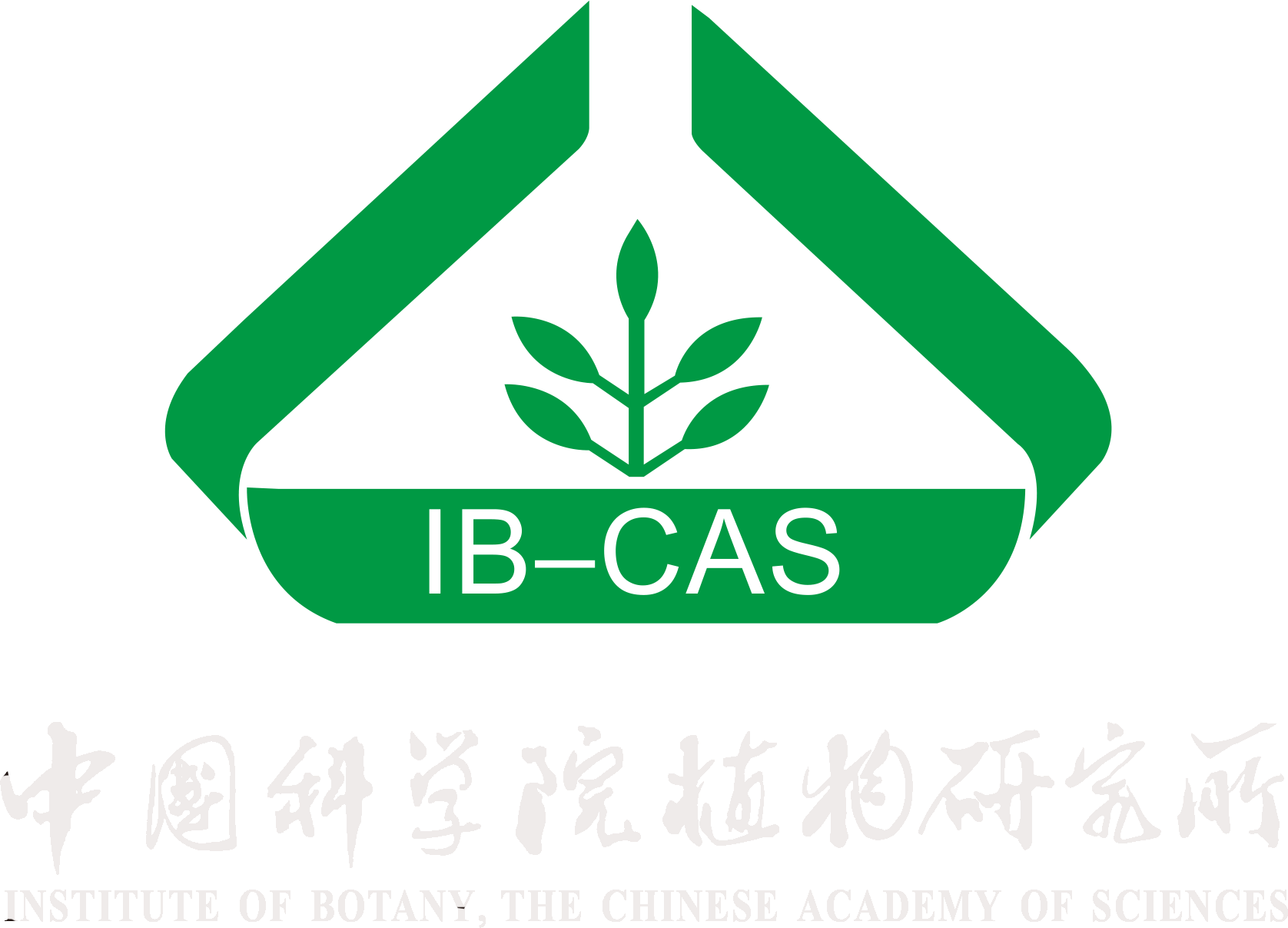2025
Effects of Yeast Cultures on Growth Performance, Fiber Digestibility, Ruminal Dissolved Gases, Antioxidant Capacity and ImmuneActivity of Beef Cattle
This study aimed to evaluate the effects of yeast culture (YC) supplementation on growth performance, dietary nutrient digestibility, ruminal fermentation characteristics, methane (CH4) synthesis potential, ruminal bacterial composition, antioxidant and immune capacities in beef cattle. Thirty-six finishing Simmental beef cattle were employed for this experiment. The experiment included three dietary treatments: the basal diet (CON), the basal diet supplemented with Diamon V XP (XP; 50 g/day per cattle), and the basal diet supplemented with Keliben (KLB; 50 g/day per cattle). Various metabolites, such as acetophenone (12.7%), ascorbic acid (10.3%), citric acid (7.25%), D-(+)-proline (6.42%), succinic acid (5.70%), betaine (5.65%) and DL-malic acid (2.62%) were abundant in XP; and ascorbic acid (14.0%), oleamide (9.23%), citric acid (6.03%), betaine (5.88%), succinic acid (4.42%), indole-3-acrylic acid (2.85%) and DL-malic acid (1.73%) were abundant in KLB. Supplementing YC to the cattle increased the apparent total-tract digestibility of DM, OM, NDF and ADF, and tended to increase average daily gain. The supplementation of YC to the cattle had no effect on the rumen fermentation pathway as reflected by the unaltered molar percentage of acetate or propionate. The supplementation of XP decreased the concentration of rumen dissolved CH4, although no effect on the concentration of dissolved hydrogen was observed. The supplementation of KLB to the cattle increased Paraprevotella relative abundance, while the supplementation of XP decreased Euryarchaeota relative abundance in the rumen. Supplementing XP to the cattle increased serum GSH-Px, catalase and T-AOC concentrations, and was accompanied by decreased MAD concentration, indicating improved antioxidant capacity. Supplementing XP to the cattle increased the concentrations of serum IgA, IgG, IL-2, IL-10, IFN-γ and C4, compared with the CON group, and the KLB group had higher concentrations of serum IgA, IgG, IgM, IL-10, IFN-γ, C3 and C4 compared with the CON and XP groups, which revealed that both XP and KLB can improve the immune function, and that KLB showed a stronger effect. Overall, the supplementation of YC is beneficial to the nutrient digestibility, growth performance and health of beef cattle. Furthermore, XP was more effective than KLB in improving antioxidant capacity and reducing CH4 production, while KLB was more effective in improving the immune capacity of beef cattle than XP.


